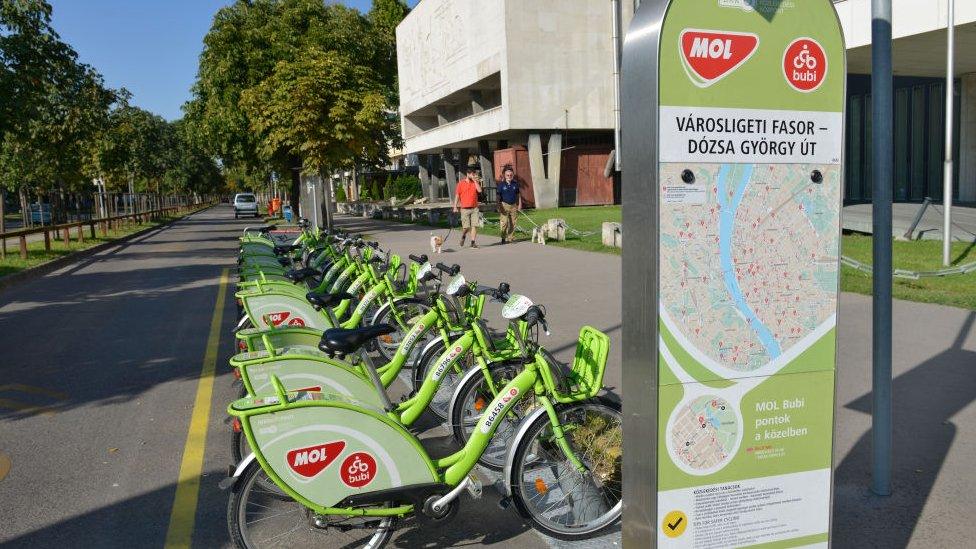EU budget: Who pays most in and who gets most back?
- Published

With the European elections concluded, one of the big challenges facing the European Union (EU) will be agreeing its next budget.
Every seven years, the EU agrees a long-term spending plan. All EU leaders have to agree on it unanimously, so the negotiations usually take a long time.
The last seven-year plan was agreed in 2013, for the period 2014-20. And, for the first time in the history of the organisation, it decided to cut real-terms spending.
On the basis of the long-term plan, every year the representatives of the 28 governments and the European Parliament agree the precise details of the EU annual budget,
We examined the latest, 2017, budget to find out how much each of the EU countries contributed and received from the EU.
The UK is a net contributor to the EU budget. In other words, it contributes more to the EU budget than it receives back from it.
In 2017, another nine countries were also net contributors:
Germany
France
Italy
The Netherlands
Austria
Finland
Sweden
Denmark
Ireland
Germany, with a net contribution of €12.8bn, was the largest contributor, followed by the UK, with €7.43bn (£6.55bn).

Each country pays the same proportion of its national income to the EU budget, so richer countries pay more and poorer ones less. Some countries, such as the UK, pay less because they receive a rebate.
The EU also takes 75% of the customs duties, agricultural duties and sugar levies collected by each member state when goods enter the customs union.
Confused by Brexit jargon? Reality Check unpacks the basics.
The EU spends the money on a wide range of projects, but about three quarters of the budget every year goes to two main areas: agriculture and development of poorer areas of the EU.
So, poorer countries and those with a lot of farms get more.

EU funds are used to modernise Bulgarian trains
Poland was the biggest net recipient of the EU budget (getting more back than it contributed in the first place), followed by Greece, Romania, Hungary and Portugal.
Luxembourg and Belgium, two of the richest EU countries, are also on the list of EU budget net recipients, because they receive a high proportion of the funding for administration as many EU institutions, such as the Commission and the European Parliament, are based there.
How much is this per person?
If the figures for net contributors and recipients are expressed per person, a different picture emerges.
The largest net contributor to the EU budget per capita is the Netherlands, followed by Sweden, Germany, Denmark and the United Kingdom in fifth place, with €112.85 in 2017 .

Luxembourg tops the list of net recipients per person, because a large number of EU institutions are based in the country of under 600,000 inhabitants. The other biggest recipients are Lithuania, Estonia, Greece, Hungary and Latvia.
How much is that as proportion of each country's GDP?
The Netherlands pays the biggest proportion of its gross domestic product (GDP) - a measure of the amount produced in an economy in a year. In 2017, its contribution to the EU budget was 0.47% of its GDP.
Germany is second on this list, followed by Sweden and the UK, in fourth place, with 0.32% of GDP contributed in 2017.

At the other end of the scale, some countries, such as Lithuania, Bulgaria and Hungary, receive between 2.5% and 3% of their GDP from the EU budget.

Hungary has a new bike-sharing scheme in Budapest, the capital, thanks to EU funds
The economies of Greece, Estonia, Latvia, Romanian and Poland, meanwhile, receive about 2% of their GDP.


